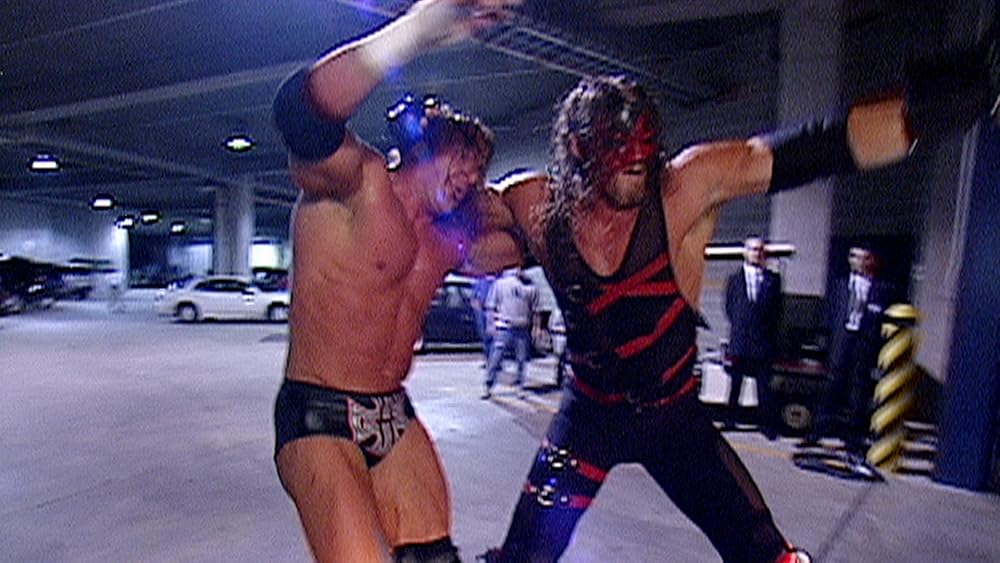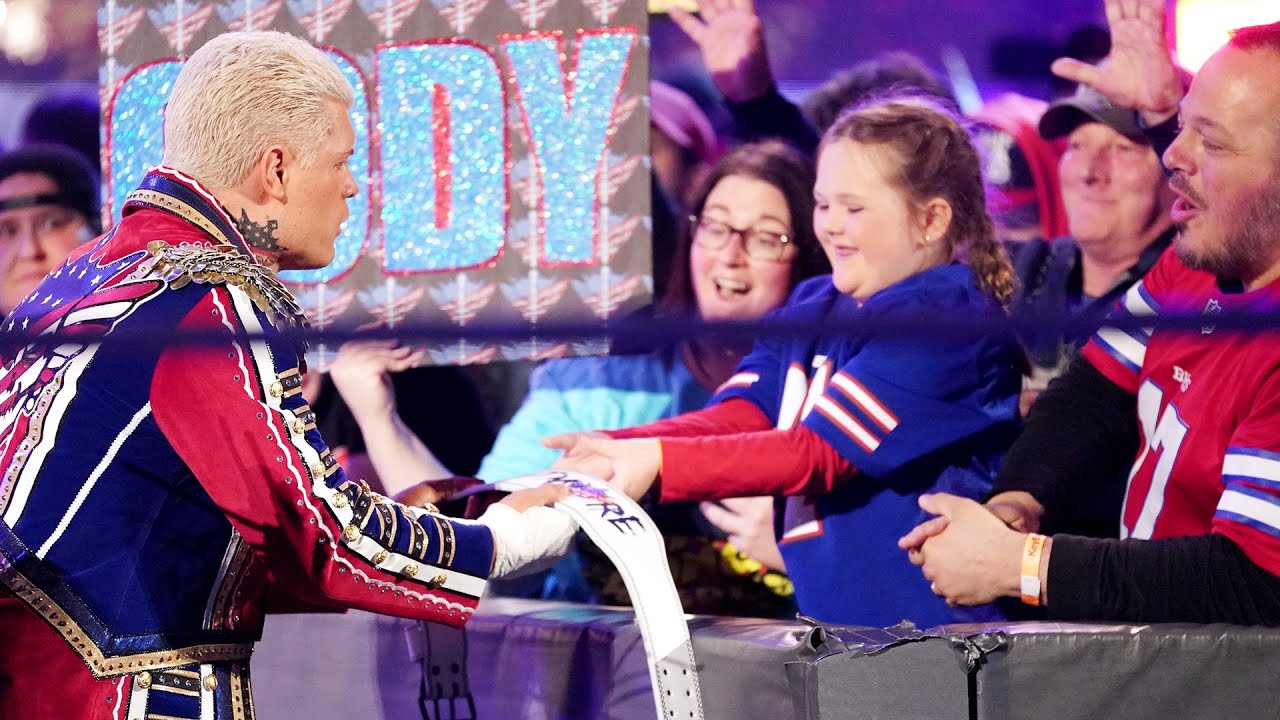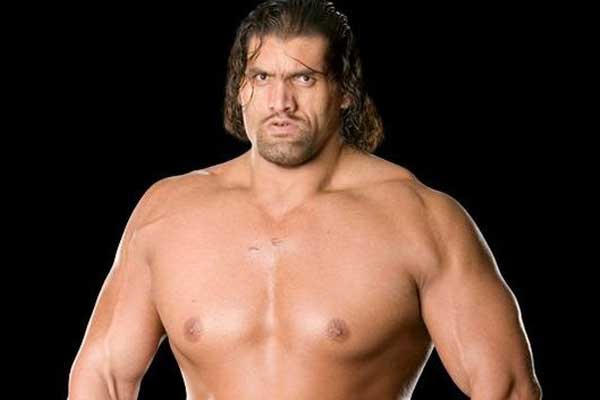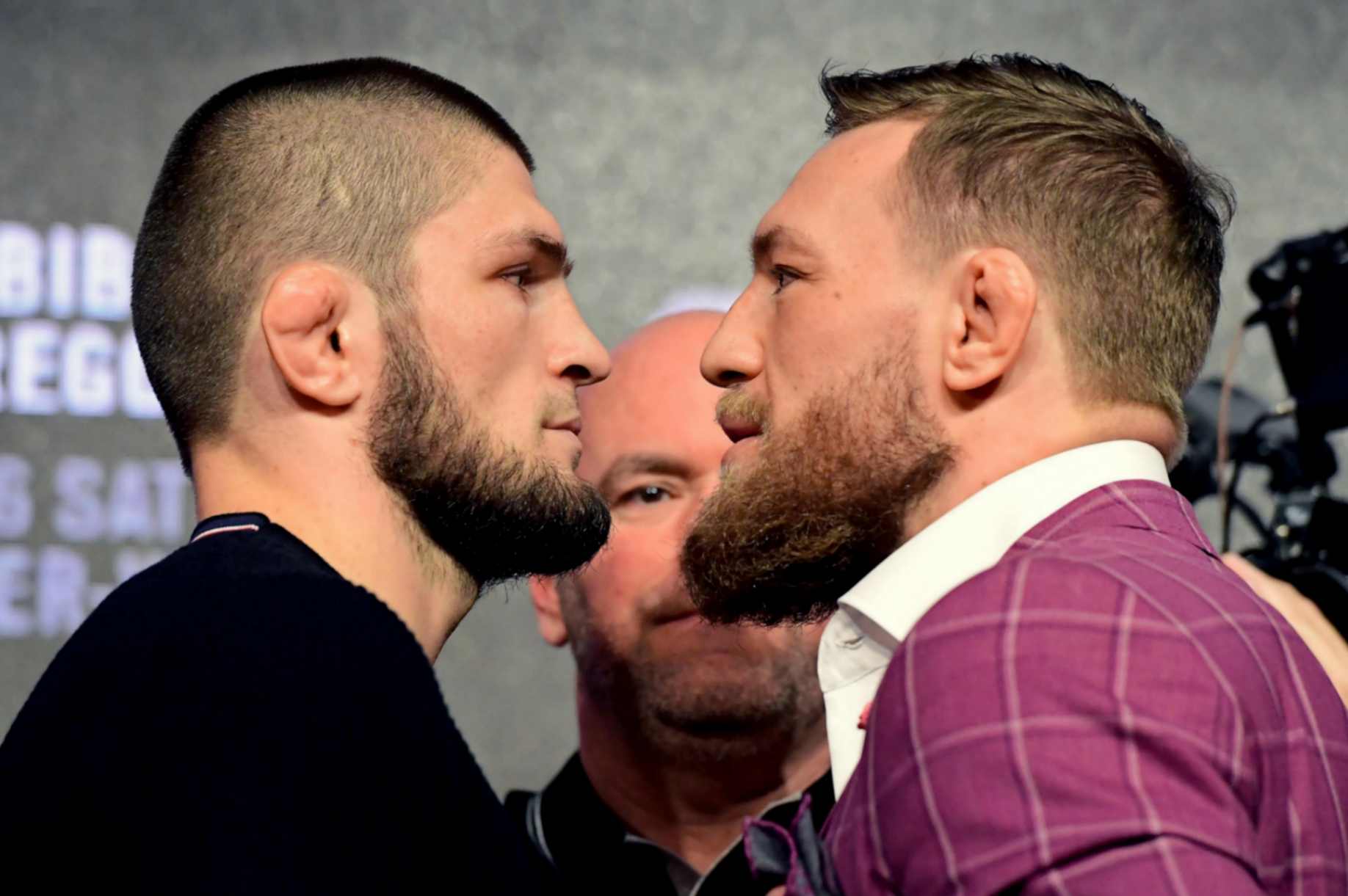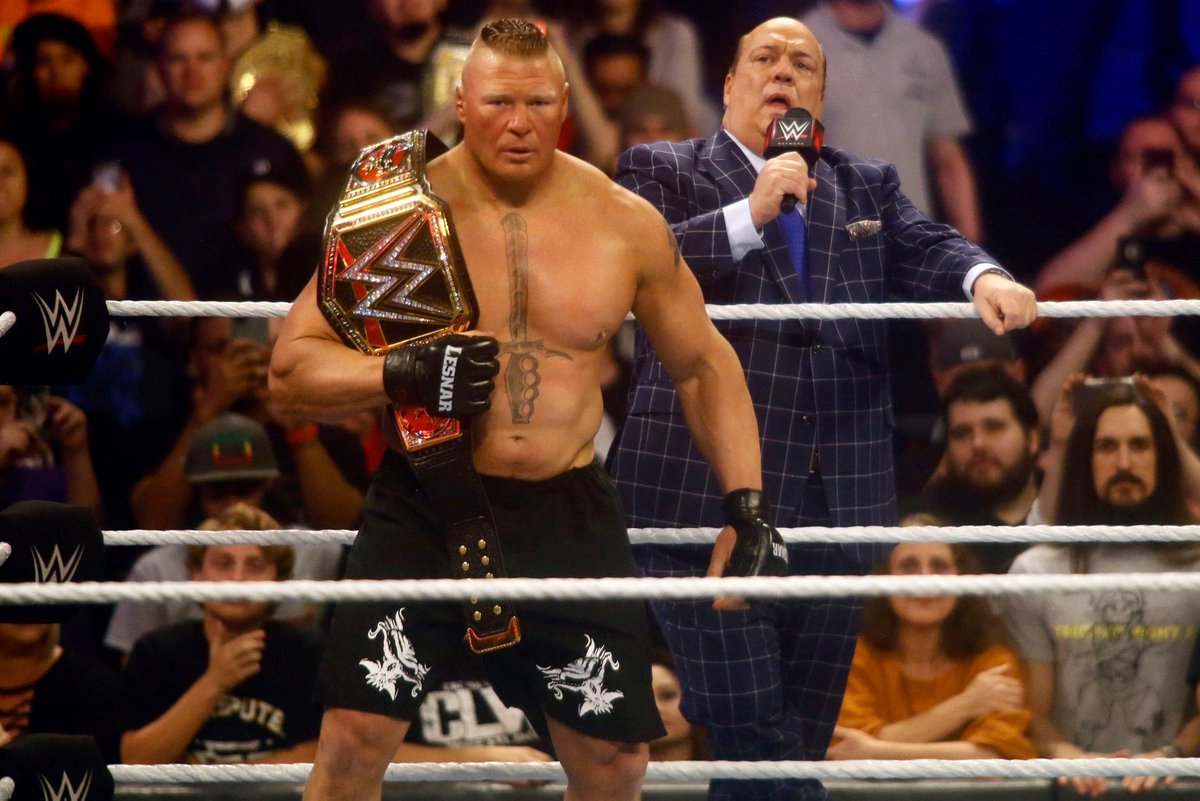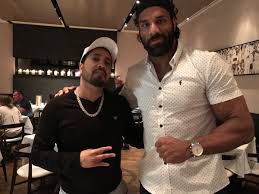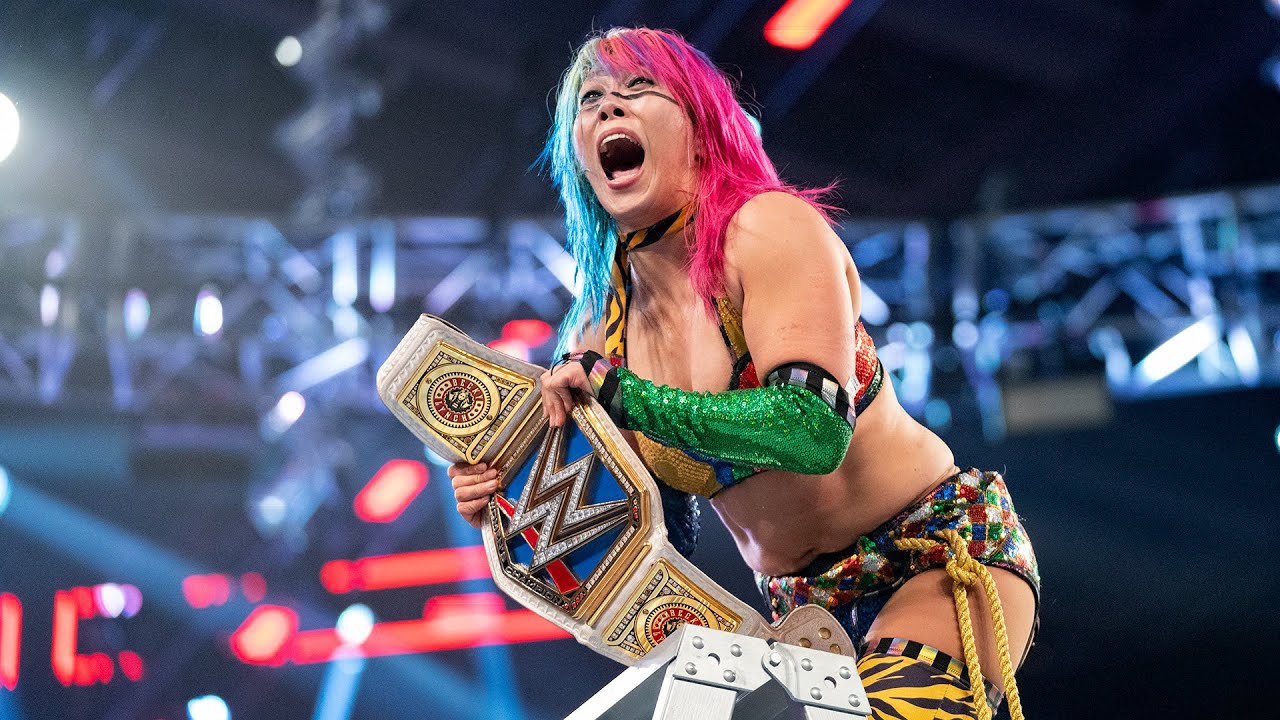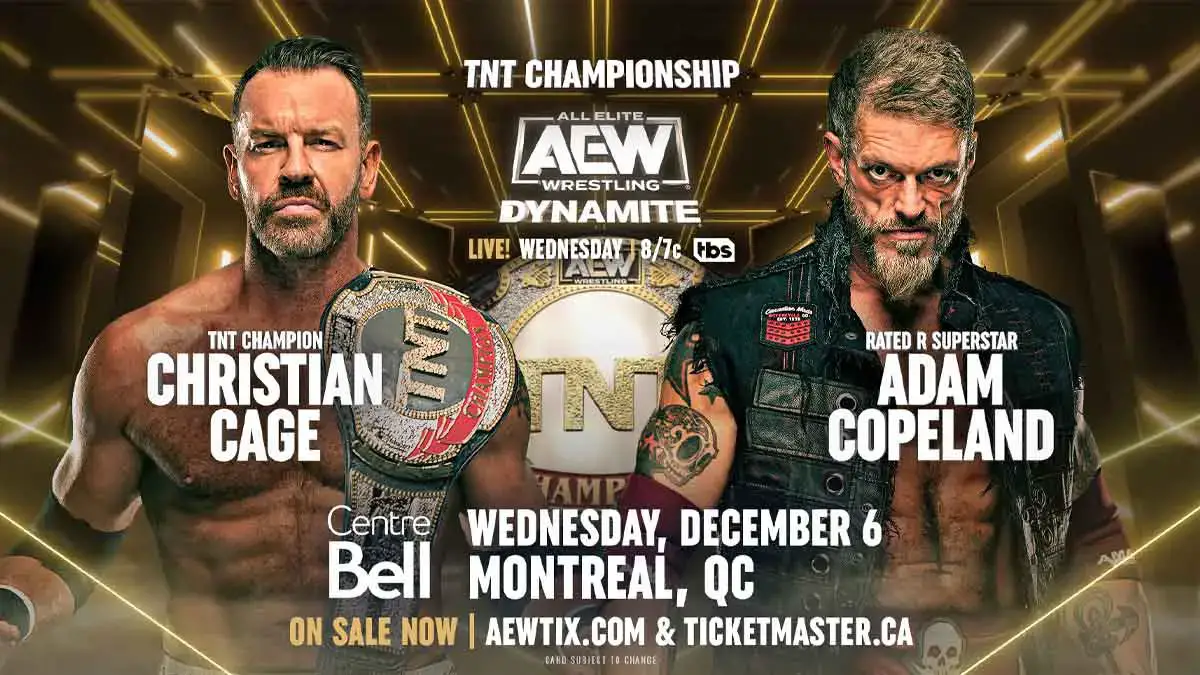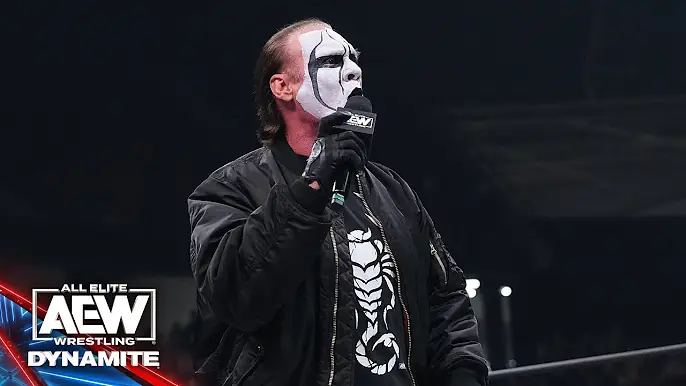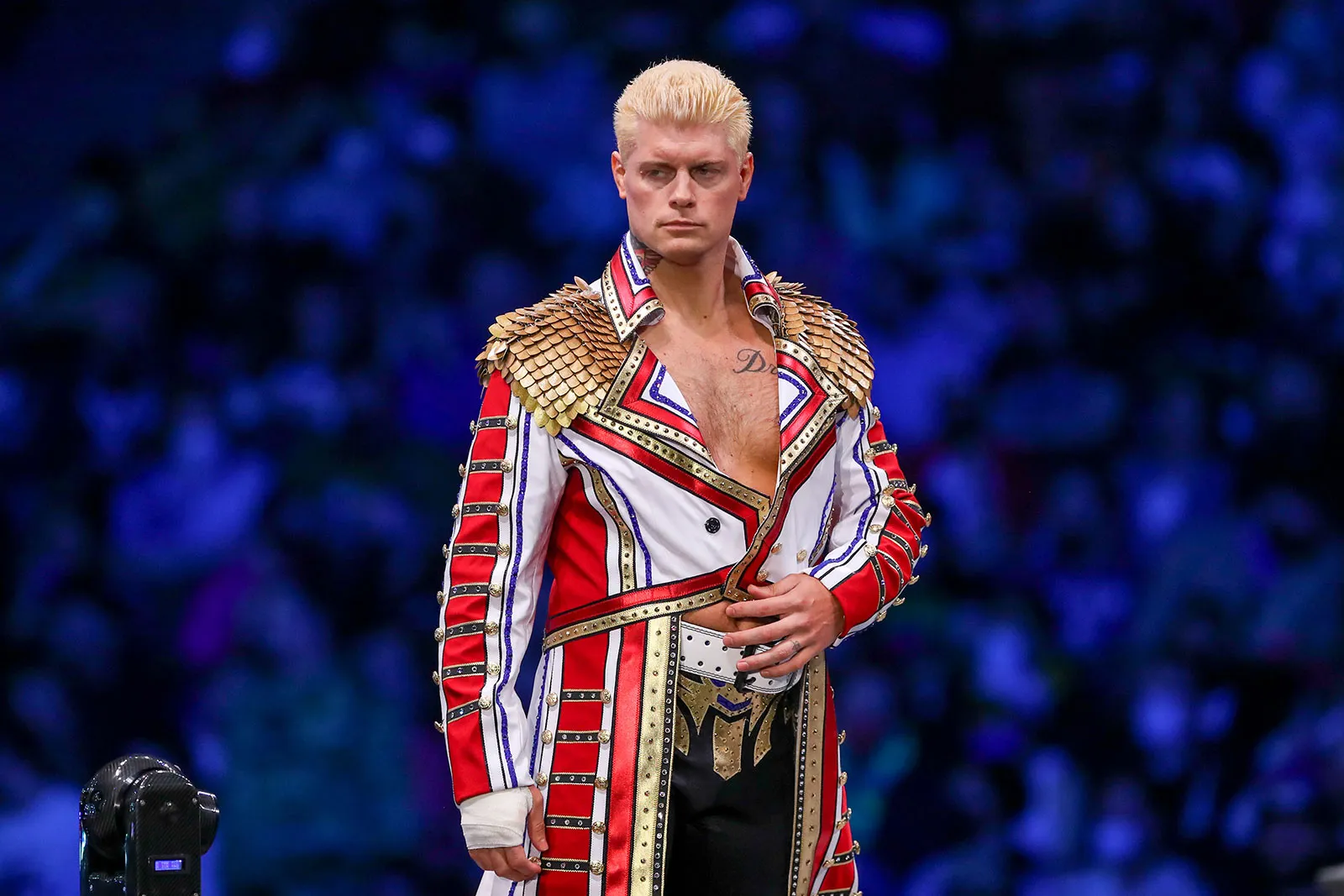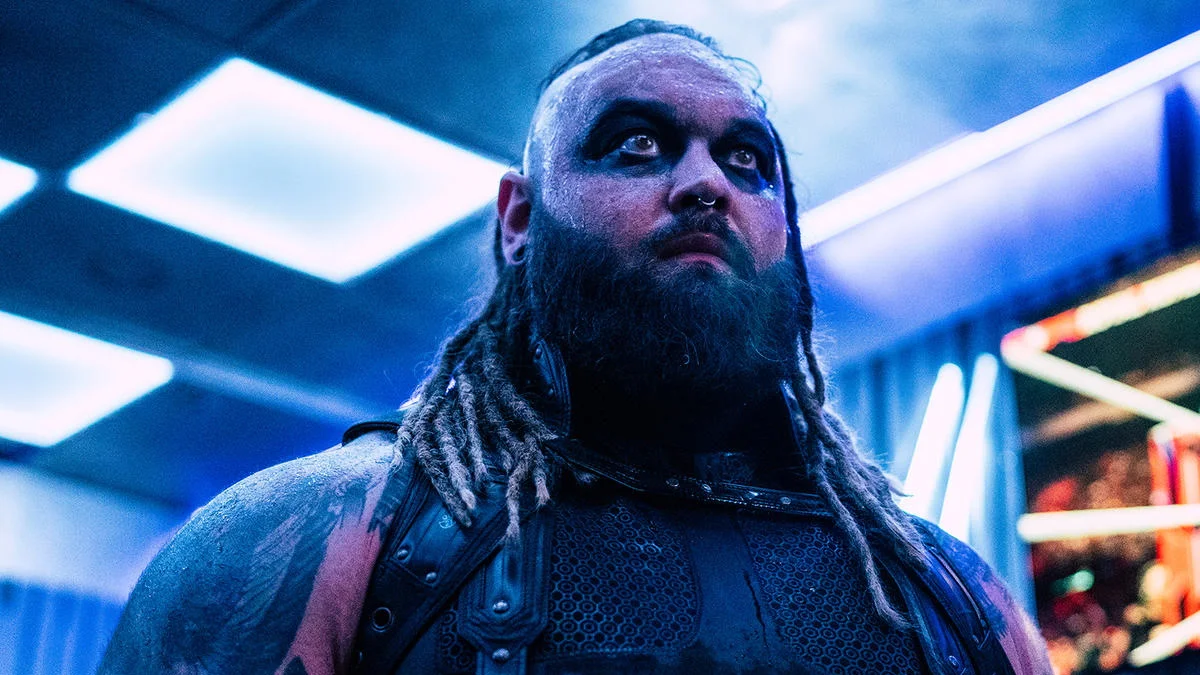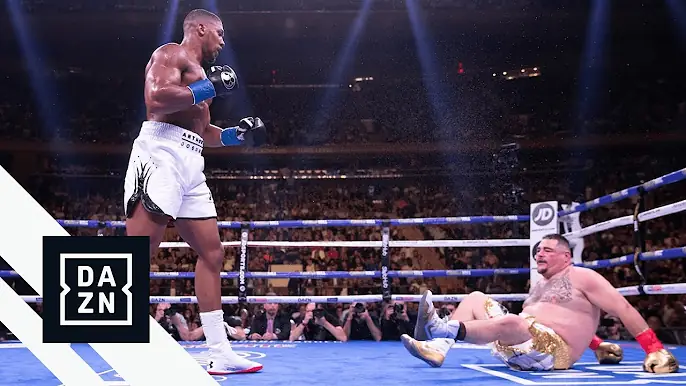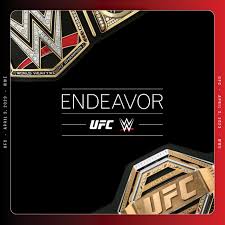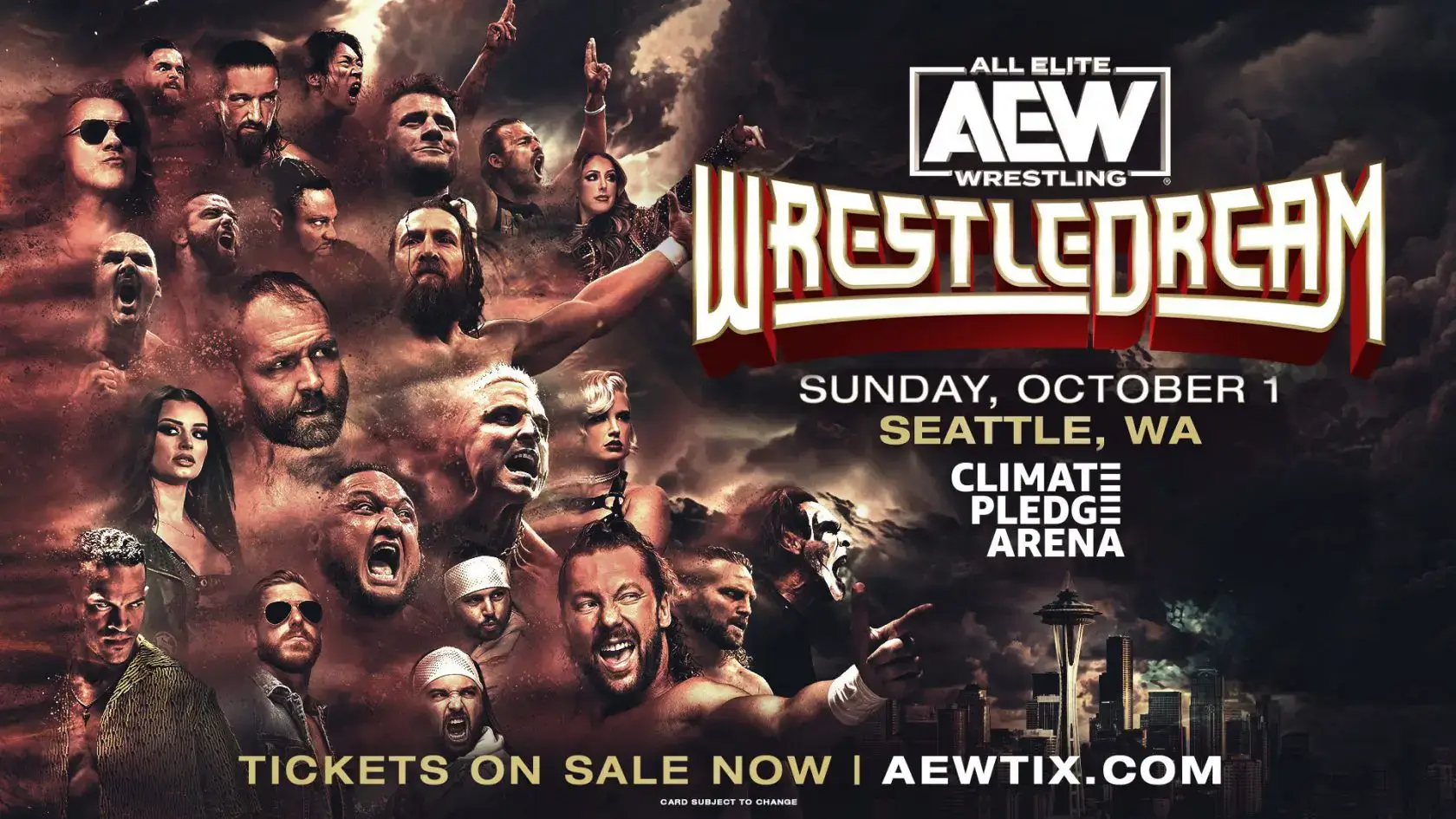The Katie Vick Storyline: WWE’s Most Infamous Angle
Throughout history, few storylines have reached such a level of notoriety and widespread condemnation as the WWE Katie Vick angle from 2002. This was one controversial narrative that had indeed pushed the boundaries of taste and decency to a whole new level, something that shocked and appalled fans and insiders alike. Over two decades later, the storyline of Katie Vick remains a cautionary tale about creative missteps and the dangers of pushing shock value too far in sports entertainment.
Origins and Context
The Katie Vick storyline came about during one of those transitional periods in the WWE. During 2002, they still were getting accustomed to life without the Attitude Era and struggled to find the perfect balance between maintaining edgy things and widening their appeal.
The Katie Vick angle was conceptualized to introduce a wrestler called Scott Vick into the WWE roster. Scott, who worked for WCW under the ring name of “Sick Boy,” was wrestling in WWE’s developmental system at the time. The creative team thought that they could use his surname as the basis of an angle involving a sister named Katie.
Plans changed, however, when Scott Vick’s in-ring performances in dark matches and house shows didn’t impress WWE management. As Bruce Prichard, a key creative member at the time, recalled:
“Scott just had some really, really horrible dark matches on TV and on the road. When he got the nod to come up to the show, all of his matches from that point going forward just, the bottom fell out. Vince is like,, ‘What the hell are we doing?.”
With Scott Vick no longer an issue, the creative team resurrected the Katie Vick concept as a part of an ongoing feud between two of the company’s top stars: Triple H and Kane.
The Storyline Unfolds
The Katie Vick angle began to come together on the October 7, 2002 episode of Monday Night RAW. Triple H was RAW’s leading heel and fresh off being granted the World Heavyweight Championship. He started up a feud with Kane, at the time performing an incarnation of his monster character that had more humanity imbued in it
In a promo, Triple H revealed to an appalled crowd that Kane was a murderer. The storyline wasn’t based on Kane’s old backstory from years ago pertaining to the death of his parents, but there was a fresh and new aspect concerning Kane’s previous history. Triple H claimed he could prove that years ago Kane had murdered a young girl by the name of Katie Vick.
It was finally a week later, October 14th,, when Kane made his way to the ring and addressed these allegations. And perhaps for the very first time in this character’s run,, Kane delivered a profoundly emotional promo where he talked of Katie Vick being indeed his friend from when he began competing in the world of professional wrestling some decade or so previously. Yes, Katie had passed away,, he admitted,, but this was due to a horrific accident, not murder
Kane told the police that he and Katie had gone to a party together. Katie had drunk too much and was grateful when Kane offered to take her home. Unfortunately, Kane did not know how to drive a shift vehicle. The trip home was uneventful until an animal ran onto the road and took Kane’s attention. Swerving the car to avoid it, the car spun around and crashed, killing Katie
This explanation did little to satiate Triple H, who continued to taunt Kane about Katie’s death. In a turning up of the escalation, Triple H insinuated that Kane might have sexually assaulted Katie, either before or after her death. This took the storyline into genuinely uncomfortable realms, treading on motivations of necrophilia that were thankfully beyond the reach of even most of WWE’s mature themes.
The Funeral Home Segment
The Katie Vick storyline reached its infamous nadir on the October 21, 2002, episode of RAW. Came a pre-taped segment set in a funeral home where Triple H was standing beside a casket. He said that he had “footage” of Kane’s actions with Katie Vick
What occurred was among the most repellent moments within WWE history: Triple H donned a mask and attire that belonged to Kane and subsequently mimicked copulation with a dummy in a cheerleader costume, supposed to be Katie Vick’s corpse; the segment was a jumbled mess of tasteless jokes and highbrow physical comedy. The whole thing was deeply off-putting to many people
The production of this segment was as troubled as its content. According to retroactive accounts from Triple H, the scene was shot in an actual funeral home while a real wake was taking place in an adjacent room. This led to awkward interactions with the funeral director, who at one point had to ask the WWE crew to keep the noise down
Immediate Backlash
The Katie Vick segment received a completely negative reaction, as it was disgusting for the fans to see, and many within the wrestling circle voiced their disapproval. Jim Ross, the lead commentator of WWE at the time, years later described his reaction:
“I was so shocked. And I knew the subject matter was going to be very, very delicate, to say the very least. But I didn’t know all the specifics and all the machinations of how they’re going to produce that segment. It was just horrible, just horrible.”
Ross went further to say, “I felt bad for the audience—especially parents—so I don’t have to have this conversation at the dinner table trying to explain it all.” He even admitted, “I never saw any value in it. It was embarrassing to wrestle.”
Years later, at the time he was still a WWE broadcaster himself, Jonathan Coachman said pretty much the same:
“That was one of the most repulsive, disgusting storylines of all time. They shot that off-site, so nobody had seen it until it ran on the show. And backstage, you could hear people just groaning because it was so incredibly bad.”
That backlash wasn’t restricted to the WWE arena, either: at least several crew members reportedly quit in protest after the segment aired. e fans registered a collective disgust online and through other means, too. And the “storyline” soon tanked.
Aftermath and Legacy
WWE quickly axed the Katie Vick angle due to the overwhelmingly hostile reaction. The feud between Triple H and Kane was concluded in a casket match on the October 28 episode of RAW, which Kane won following interference by Shawn Michaels. The Katie Vick storyline was never mentioned again on WWE programming thereafter.
Since then, the Katie Vick angle has become the very definition of poor taste in professional wrestling storytelling. It is commonly mentioned among the worst storylines in WWE history, if not the absolute worst.
It has become a cautionary tale within the industry on the dangers of pushing shock value too far and the importance of maintaining some modicum of decency, even in an entertainment form that does often tout wild narratives.
Many who participated in the angle have gone on to declare regret for participating in it. Triple H, now the Chief Content Officer for WWE, has called the segment “insane” and “one of the most infamous storylines in our business.” He says immediately after doing it he had the feeling, “I can’t believe I just did that.”
Some viewers felt the aftereffects of the Katie Vick storyline for a long period of time afterwards. Many fans cite this angle as the reason they quit watching WWE, at least for a while. The incident epitomized the tricky predicament WWE often faced in the post-Attitude Era of striving for edginess while remaining mainstream acceptable.
Analysis and Lessons Learned
Multiple reasons can be pointed out as to why the Katie Vick storyline did not work, including:
Underestimating audience tolerance: While WWE had been known to push the envelope, the Katie Vick angle crossed a line that even many of the most jaded wrestling fans found unacceptable. The inclusion of necrophilia, even in a comedic context, was too much for too many viewers.
Lack of creative foresight: This angle seemed to have been driven by little more than a desire on the part of Vince McMahon to create ‘edgy’ television. As Bruce Prichard related, when several members of the team approached him with concerns about the segment, the more McMahon was told this wouldn’t work, the more McMahon wanted to prove them wrong27.
Damaging character work: This whole angle did a ton of harm to the many years of built character that was Kane. The material didn’t do much for Triple H, either, although he did the best he could to get it over.
Poor timing: The angle came when the WWE was trying to appeal to more of an audience and gain more mainstream acceptance. The Katie Vick storyline worked against those goals and arguably alienated the casual viewer and sponsors.
The incident has also pointed to a need for better creative controls and an instinct on what an audience expects. This also provided the instance to listen to the concerns raised by talent and other team members in the creative process.
Conclusion
The Katie Vick storyline is simply one of the darkest chapters in WWE history, a perfect storm of wrong creative decisions and similarly poor taste. As easy as it would be to just regard this angle as simply one big mistake, its legacy serves as an added reminder of the responsibilities that come with creating content for a worldwide audience.
In the years since, WWE has generally avoided any storylines that push into that kind of dicey territory. Since transitioning to a PG rating in 2008, the company has largely taken a more family-friendly approach to content, and while there have certainly been other missteps creatively over the years, none seem to have reached that same level of infamy reached by the Katie Vick angle.
The wrestling world continues to evolve, but the Katie Vick storyline will forever remind people of just how close that line between shock value and offending people really is. This serves as a warning to writers and producers of any form of entertainment to be very cognizant of what they create and how it may be perceived.
The Katie Vick storyline is less about a humiliating footnote in wrestling history and more a complex case study in the difficult nature of compelling storytelling in a consistently altering world of entertainment and the fact that it serves as a testament to a great deal of fans with deep regard for the industry, holding the wrestling industry to task for what the creatives think up.
